The George Economou Collection is proud to present an exhibition of rarely seen works by the American artist David Hammons, the first major show of his work in Greece and his first survey show in Europe. Hammons is one of the most significant artists of the last 50 years. This show includes work made in Los Angeles in the late 1960s and in his New York studio in the past year. With body prints, sculptures, paintings, and documents relating to Hammons’s performances and public projects, it will show the extraordinary range of his art. Materials include fried chicken, bottle tops, cigarettes, hooded sweatshirts, black hair, African masks, and mirrors.
Hammons was part of a generation of artists in Los Angeles responding to the aftermath of the Watts Riots and the Black Power movement. His earliest works, the Body Prints, represent the concerns of Black Americans in the late 1960s: this exhibition includes The Wine Leading the Wine, one of the masterpieces of the series. By the mid-1970s, Hammons would abandon this kind of work, beginning to create an abstract art from the materials of black culture. Beginning with greasy bags and barbeque bones, he soon began to use black hair, bottles, and broken records. He saw the work as deliberately unsaleable and reveals Hammons’s extraordinary way of creating beauty from free-to-use materials, and the wit with which he combined sculptures with punning titles.
Hammons has been based in New York since the late 1970s, but spent time in Rome and Japan. His contact with both places will be evident in other works in the exhibition. His scepticism about the role given to ancient Roman culture as the foundation place of history led to sculptural works such as Roman Homeless; much more admiring of Japanese culture, he has incorporated materials such as kimonos into his pieces.
The exhibition will reveal the very diverse sensibilities in Hammons’s work. Some pieces are witty and playful but reveal pointed social critique. For instance, while paying tribute to street culture, in works that deal with basketball Hammons also questions the values invested in athletic success, celebrity and consumerism in black American life. In other works, Hammons interests in rituals and spirits are apparent. Since the late 1970s, when he began to use hair and bottles, Hammons spoke about the way the spirits of other people remained in the objects he used. This led him to make works like altars or charms, and to create ritual-like performances. A sense of quietness and pose has remained, most recently in paintings and mirrors shrouded in tarpaulins and other cloths.
Alongside works from private collections never publicly exhibited, Give Me a Moment will include some of Hammons’s most iconic works: his UNIA Flag, in which the red, white, and blue stars and stripes are re-interpreted Marcus Garvey’s red-black and green; In the Hood, 1993, a simple sweatshirt hood, fixed to the wall, but speaking to the racist fears so often projected onto black youth; and Untitled, 1996 a work made by fastening together fake African masks and hanging them from the wall like a sporting trophy, and that indicates Hammons's scepticism about the trade in 'Afro-kitsch' and his desire to create a new kinds of sacred objects.
The exhibition is curated by Mark Godfrey, Senior Curator at Tate Modern, and Skarlet Smatana, Director of the GEC, and will be accompanied by a publication including a major new essay by Godfrey and a text by artist Jannis Kounellis, who worked alongside Hammons at the American Academy in Rome in 1993. Award-winning poet and author Ben Okri will also contribute his writings.






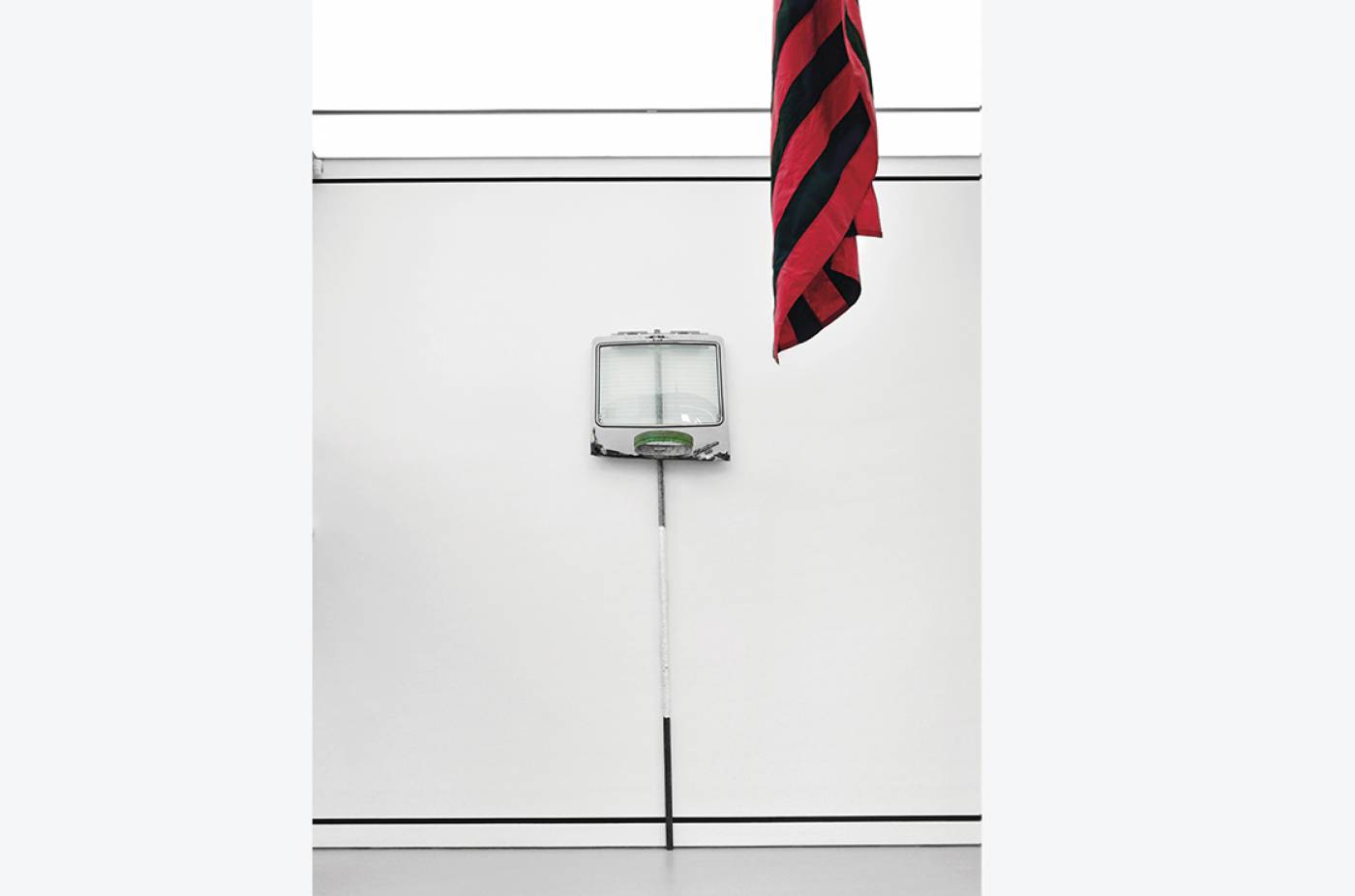

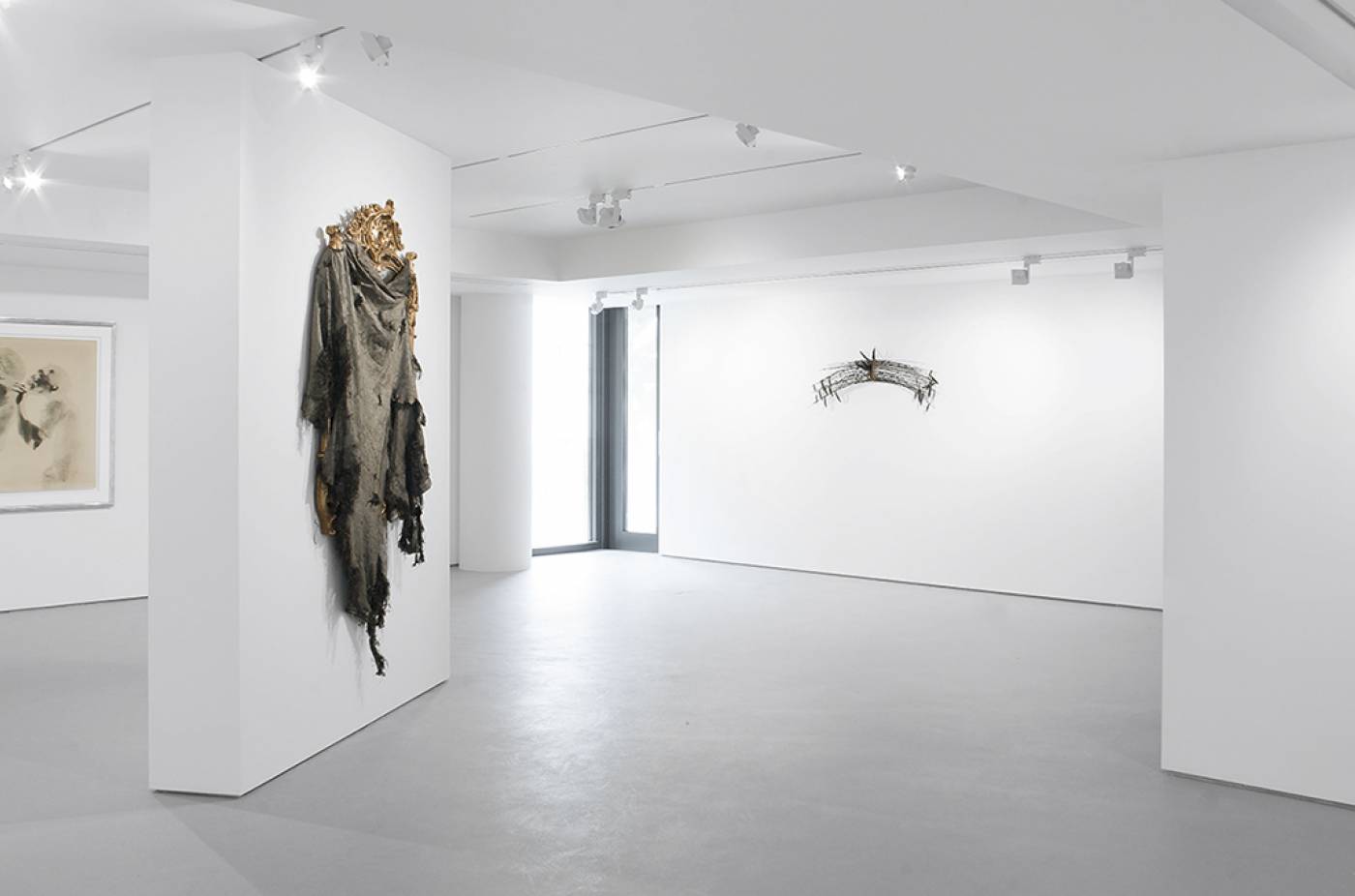





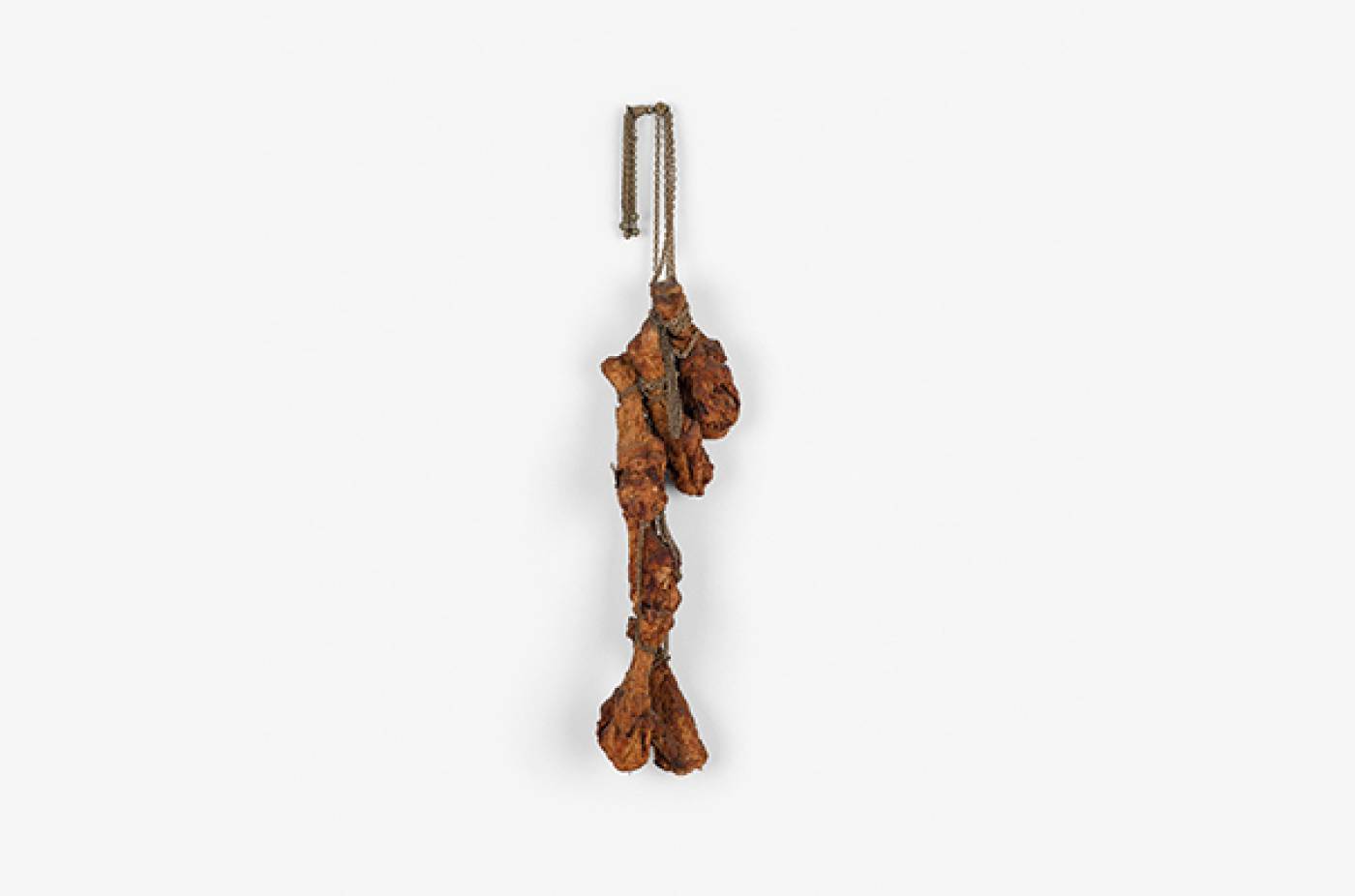



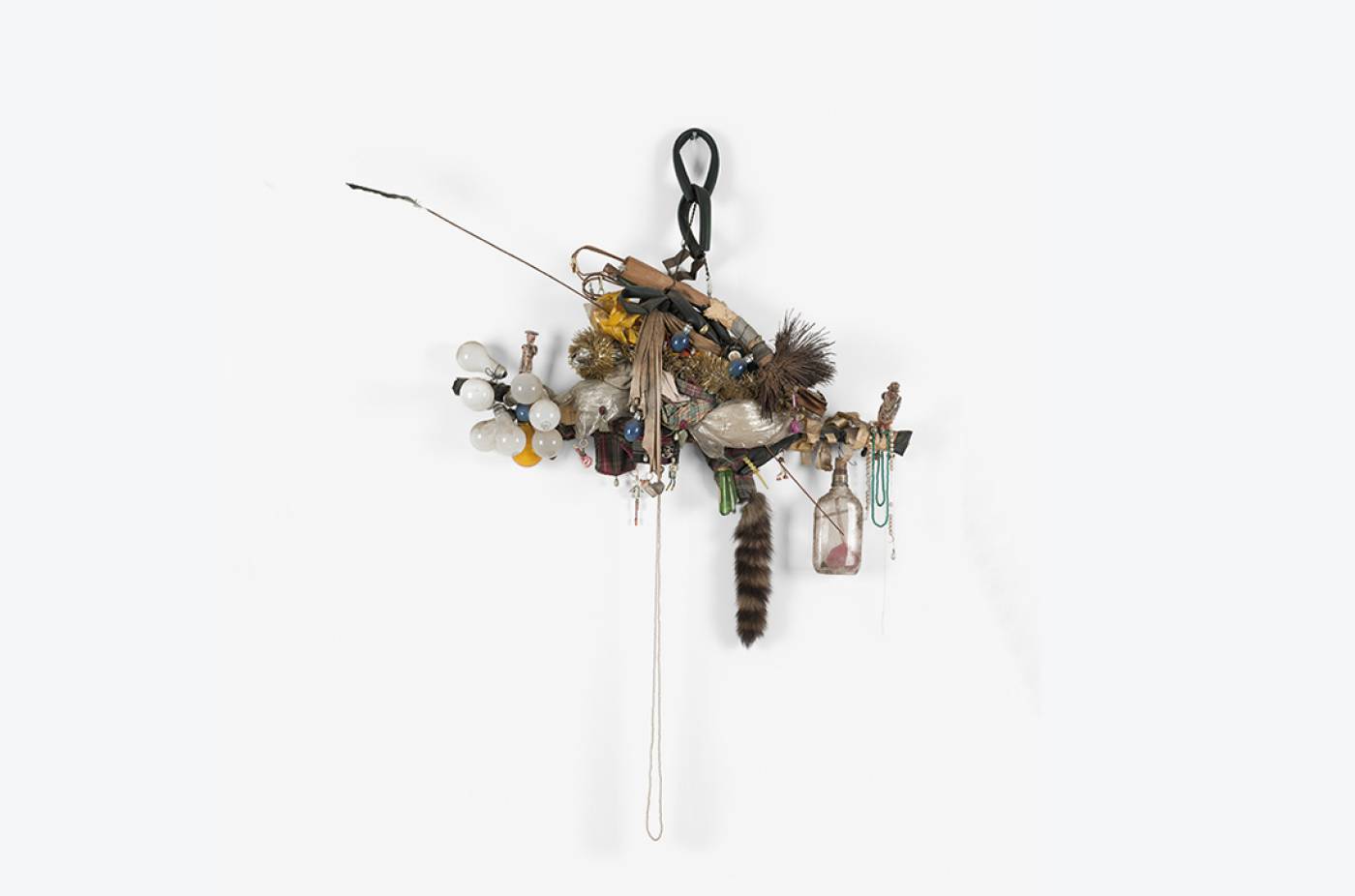













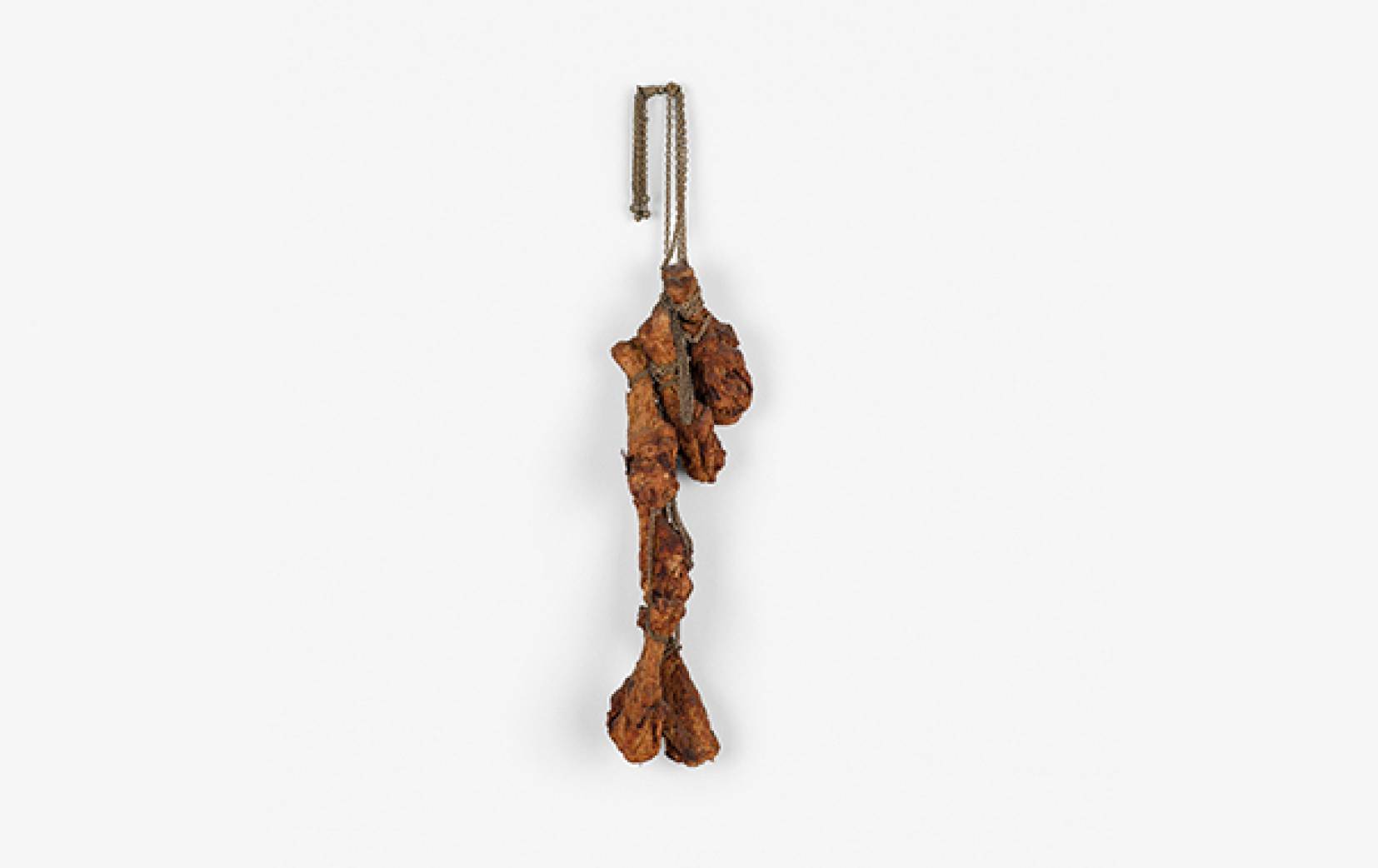
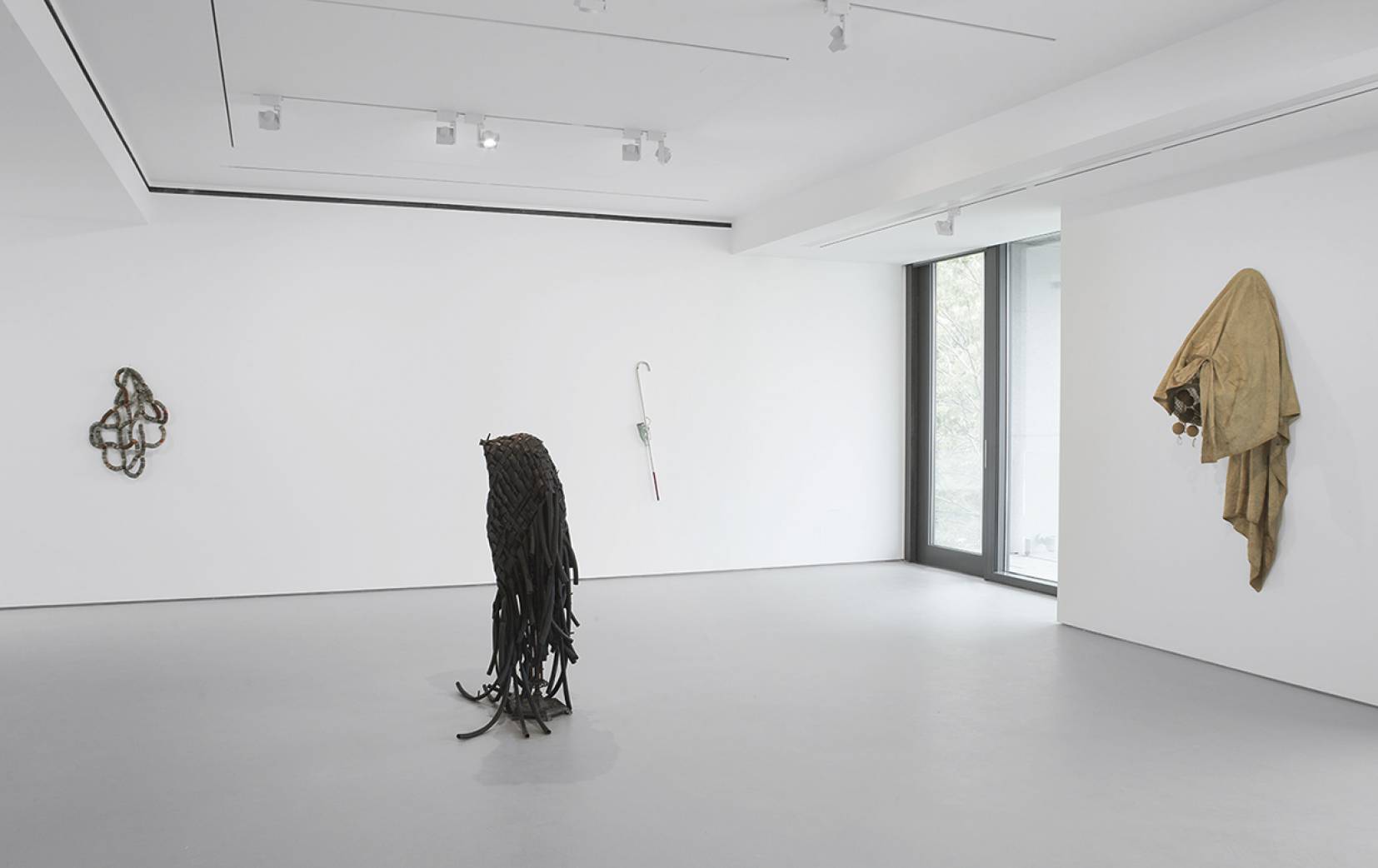






 Ben Okri’s performance at The George Economou Collection at 7pm on 11th June
Ben Okri’s performance at The George Economou Collection at 7pm on 11th June